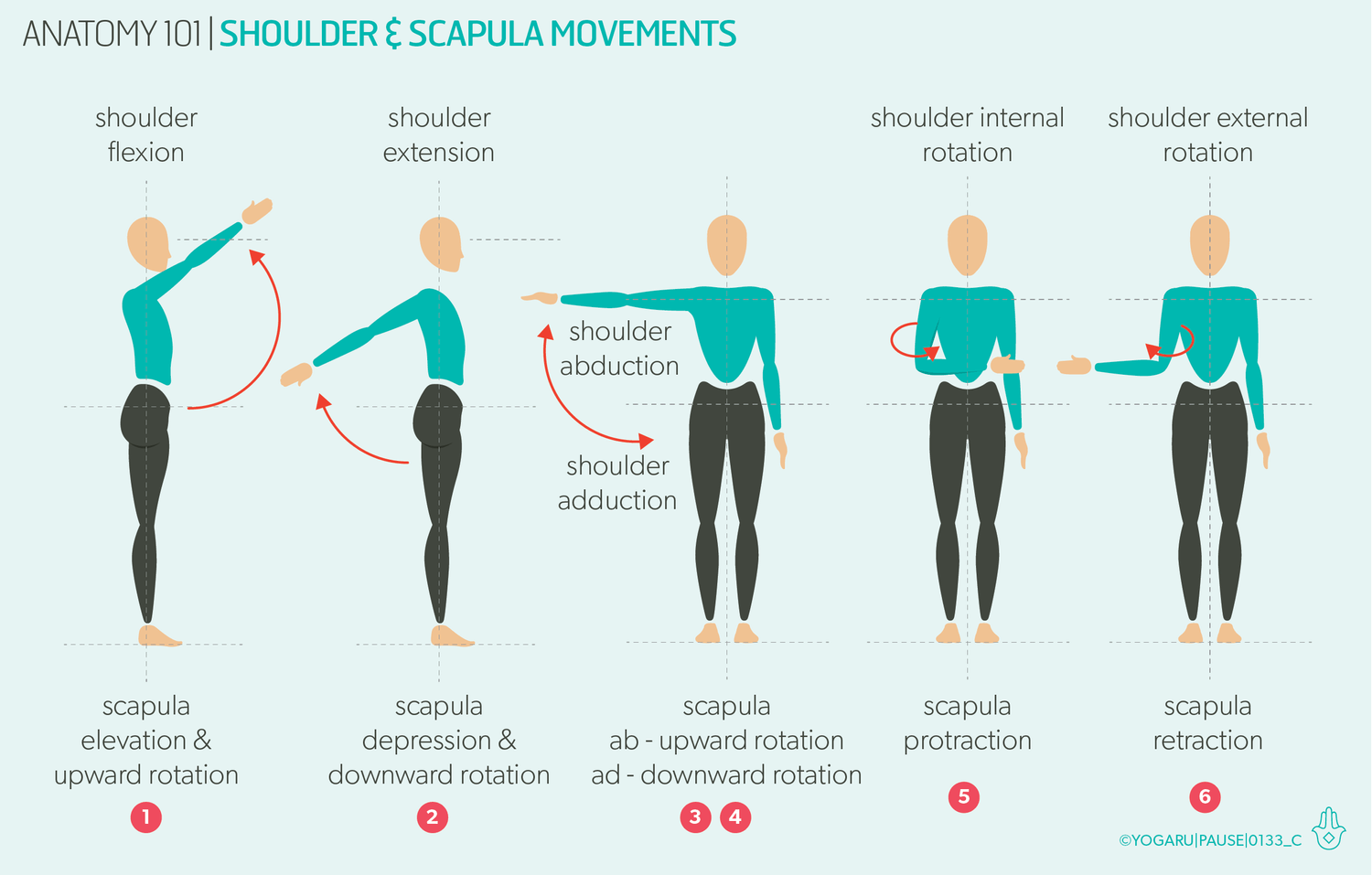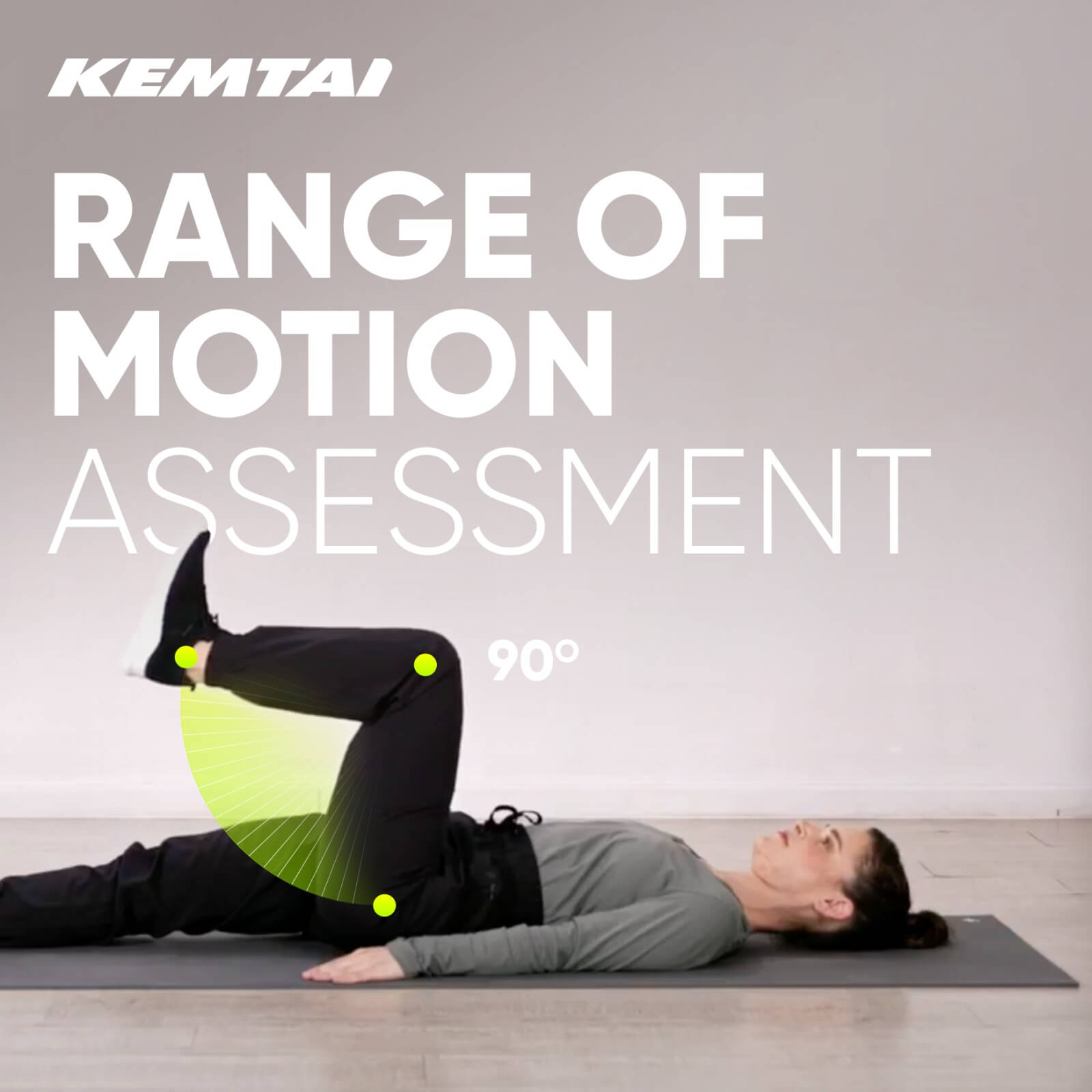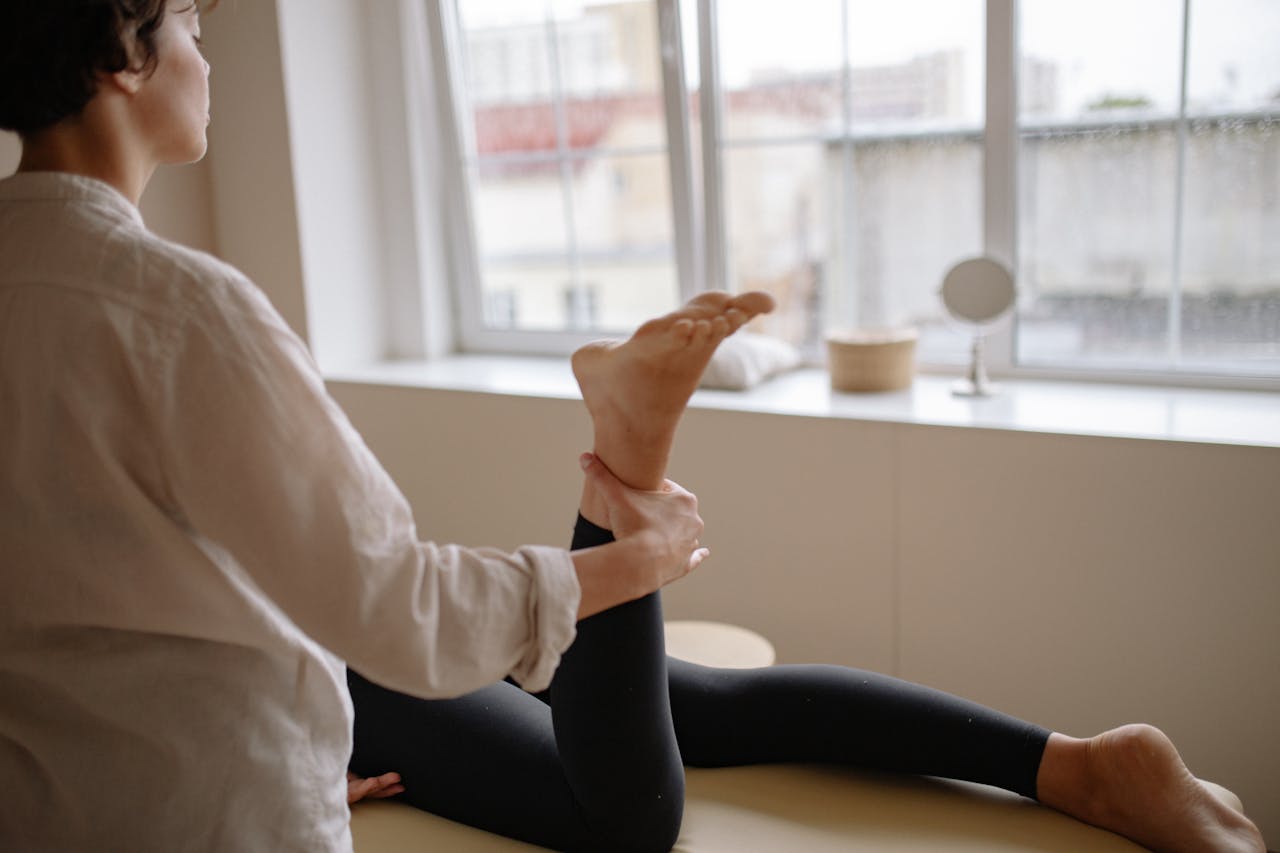Shoulder problems are common in people with upper-body injuries, and can be a source of chronic pain and disability. It is estimated that nearly two-thirds of people who have shoulder problems have a limited range of motion. Apart from being critical for mobility in our daily life, shoulder strength is critical for balance and proper posture. If the person has a limited shoulder range of motion, the body compensates by using other muscles in the neck, back, and upper extremities to perform tasks that require strength or flexibility. This can lead to muscle imbalances and potential injury.
Being one of the most common injuries in sports, shoulder problems can be caused by a wide range of things including poor mechanics or training habits, but often result from overuse or trauma to the shoulder joint itself. Physical therapy is recommended to alleviate shoulder pain and to help restore the normal range of motion. In this blog, we cover the movement and assessment of shoulder ROM, causes for limitations to the ROM, and exercises and common practices that can improve the shoulder ROM.
How does the shoulder move?
The shoulder joint, or glenohumeral joint, is a synovial ball and socket joint that attaches the upper limb to the axial skeleton. Working in tandem with the shoulder girdle comprising the collarbone and shoulder blade, this joint allows for a wide range of motion at the upper limb. The movement includes flexion, extension, abduction, adduction, external rotation, internal rotation, and circumduction. In fact, it is considered to be the most mobile joint of the human body. This mobility comes at the cost of stability despite the surrounding ligaments and muscle tissue offering the joint some security. Due to a structure that enables mobility and sacrifices stability, this joint happens to be one of the most frequently injured joints in the human body.
Main ranges of motion for shoulder
The following image illustrates the major movements for the shoulder ROM.

Flexion
This is the movement where the arm is raised overhead, like when waving goodbye. It also defined the motion that brings the arm down from the overhead position.
Extension
Extension is the movement that occurs when you move your arm behind your body to touch or scratch your shoulder blade. Airplane arms, so to speak.
Abduction and Adduction
In this movement, the arms are extended to the sides. Abduction is when the arm travels away from the body and adduction is when the arm moves toward the body.
Rotation – External and Internal
External or Lateral Rotation is a movement in which your arm swings outward, away from the body. Internal Rotation is when you rotate your arm inward, such as bringing it across your body to touch the opposite shoulder.
As already discussed, built for great mobility, the structure of the shoulder is vulnerable and can be injured due to many reasons. This can lead to a limitation in the shoulder range of motion. Let us take a look at the various causes of limitations for shoulder ROM.
What causes limited shoulder range of motion?
The shoulder joint’s range of movement (ROM) may be influenced by age, sex, occupation, or hand dominance. Musculoskeletal disorders in the elderly can cause a decline in health and quality of life, with shoulder joint pain being common. Studies show that 6.9% to 31% of adults have shoulder pain, and the prevalence is especially high among people aged 45 to 64 years old. As people grow older, the range of motion in their shoulders decreases. Studies have shown that the range of motion for men and women aged 55 to 86 dropped by six degrees per decade—or about one degree every 5 years.
Lifestyle diseases such as diabetes cause shoulder pain and disability from it. In addition to diabetes, other factors that may increase the risk of shoulder pain and disability include obesity and smoking. A common issue for the 40 -60 age group is frozen shoulder, also called adhesive capsulitis. It is a painful stiffness in the shoulder that makes it difficult to move and full recovery may take up to 3 years. Frozen shoulder is primarily treated with physical therapy, which focuses on increasing flexibility in the shoulders. This is more common in women than men.
Occupation is acknowledged as one of the many risk factors that can contribute to shoulder disorders. Such disorders can be caused by working overhead, repetitive tasks, or heavy lifting. In addition, as people age, the cumulative effect of these activities may reduce their range of motion through a combination of reduced cartilage resilience and decreased ligament elasticity [1].
In athletes and people playing professional sports, the incidence of shoulder injury is higher than in any other part of the body. Ranging from tennis players to rock climbers, shoulder injuries are common in all sports. Overuse and trauma to the shoulder can cause multiple issues that cause shoulder pain. One of the most common is impingement syndrome, which is caused by inflammation in the rotator cuff tendons or bursa. This condition can be caused by repetitive overuse, trauma, or a combination of both. Rotator cuff tears (also called rotator cuff tendonitis) occur when one of four tendons that attach to bones in the shoulder joint becomes partially or completely torn due to repetitive use over time–like throwing a baseball overhand for many years. Another condition is Labrum tears: A tear within the cartilage ring around the joint socket that can lead to instability and incapacitation.
Other reasons for limited ROM can be recovery from partial or complete shoulder replacement. Osteoarthritis, rotator cuff tear arthropathy, avascular necrosis, or rheumatoid arthritis are the most common reasons for shoulder replacement surgery. The procedure is intended to relieve pain, improve strength and mobility, and allow the patient to use their shoulder more easily.
How To Assess Your Shoulder Range of Motion?
Shoulder pain can range from mild discomfort to debilitating pain that prevents the person from performing simple tasks, such as putting on clothes or getting out of bed. How to know if it’s serious enough to seek medical attention?
The AAOS has defined the normal range of active movement for the shoulder as 180° of flexion, abduction, and 90° of external rotation. The requirement for ROM can differ with occupation and the individual’s own goals for flexibility and physical fitness. Therefore, it may be helpful to assess one’s active shoulder range of motion, assuming there is no pain or precaution against these movements. One can either do it manually or utilize digital assessment platforms such as Kemtai, which provide assessments and corrective guidance during exercise. In either case, a phone or a camera is all that is needed.

Flexion – Stand erect against a surface such as a wall, and lift your hands front and above your head. Now measure the angle formed between your torso and upper arm.
Extension – Stand with your nose and chest touching a wall. Next, reach your arms behind your body as far as it goes comfortably. The angle formed between the body and the upper arm is the ROM for extension.
External and Internal Rotation – Stand erect with the back against a wall, and hold your upper arm at a right angle to the ground. Keeping your lower arm in place, rotate your forearm so that it points outward (for external rotation) or inward toward yourself(internal). Measure how far away from parallel these positions are
Abduction and Adduction – Stand with your spine erect and bring your hands to the side of the body. Now raise the hands on your sides into the air aiming at a T shape extending from the shoulders. Measure the angle between the extended arm and the torso.
Once a clear idea of the range of motion for different movements of the shoulder is obtained, it becomes evident which areas to work on with exercise or physical therapy in order to improve the ROM. However, if there is pain, discomfort, or issue with movement, it is recommended to consult with the doctor for a complete assessment of ROM and the underlying issues.
What are shoulder range of motion exercises?
Your physical therapist will measure your range of motion, strength, and flexibility to help determine what is causing the pain in your shoulder. Most people with shoulder pain have decreased range of motion (ROM) in their shoulders. And, if you’ve had surgery on your rotator cuff or labrum — two common causes of shoulder pain—you may find that your ROM is limited afterward. Physical therapists use exercises to help you restore normal movement in your shoulder; passive ROM is the first step. Shoulder pulleys can help with passive range of motion recovery. Once passive ROM has been restored, you can begin to perform active-assistive exercises and finally full range of motion (ROM) exercises.

With physical therapy being the most effective recourse for improved shoulder ROM, there are several different exercises that can help with increased shoulder flexibility when performed either by the person themselves or under the supervision of a trained PT. You may receive shoulder range of motion (ROM) exercises if you have a shoulder condition that causes limited mobility. These exercises are active, or active-assistive. Some examples are
- Standing Pec Stretch Against Wall
- Wall Slides with Towel
- Table Slides Shoulder Abduction (Sideways) with Towel
- Shoulder Pendulum Exercise
- Supine Progression
- Shoulder Extension
- Shoulder External Rotation
- Shoulder Internal Rotation
- Thoracic Spine Range of Motion
- Active shoulder abduction
Starting daily rotator cuff exercises is a good way to strengthen the muscles around your shoulder and arm. Mobility and strengthening exercises support recovery and also strengthen the muscles around the shoulder area, thereby improving flexibility and shoulder range of motion.
Improving your Shoulder Range of Motion using Kemtai
While active shoulder ROM exercises help improve the strength and mobility of the shoulder, it is important to note that performing these exercises in inappropriate ways can worsen the condition of the shoulder and cause incapacitation. Therefore continuous feedback from a PT and regular assessment of ROM is absolutely necessary. With the advent of technology, remote exercise platforms such as Kemtai, not only provide regular assessments of shoulder ROM but also provide real-time adaptive feedback during your exercise sessions. This is a safe and accessible way to ensure that prescribed exercises are performed correctly and that they are aiding the recovery of the shoulder range of motion.
References
[1] Gill, T.K., Shanahan, E.M., Tucker, G.R. et al. Shoulder range of movement in the general population: age and gender stratified normative data using a community-based cohort. BMC Musculoskelet Disord 21, 676 (2020). https://doi.org/10.1186/s12891-020-03665-9

 9 min reading
9 min reading


